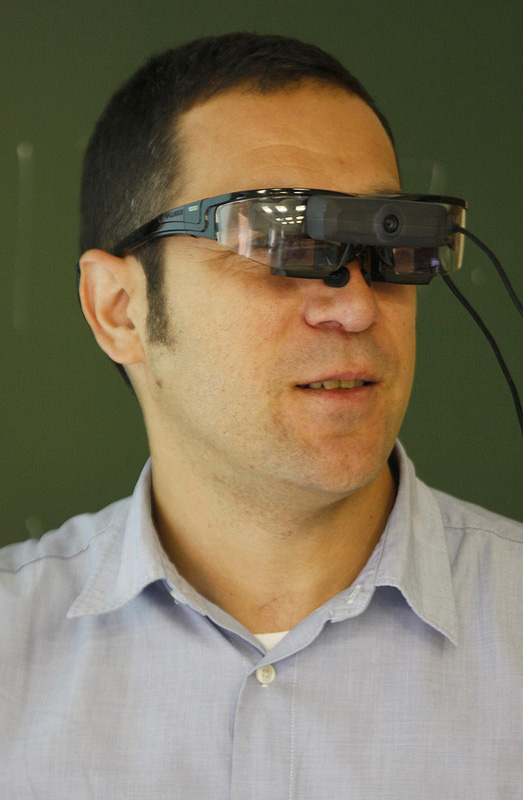Smart Glasses Help Shy Students Speak Up

New, intelligent glasses may soon allow professors to gauge the effectiveness of their teaching based on symbols floating above their students' heads.
Computer scientists at Universidad Carlos III of Madrid have developed augmented reality glasses that students can interact with remotely using their cellphones. Students send messages to the glasses, worn by the professor. The glasses then show the teacher symbols floating above the students' heads, such as a green check for “I understand” and a red X for “I don’t understand."
The glasses also compile real-time statistics, creating a pie chart in the upper right corner of the professor's field of view that allows him or her to quickly assess the general response of a class during a given lecture.
The researchers hope this technology will create a more comfortable learning environment for students who might otherwise be too shy to raise their hands and publicly voice confusion in class.
"The channel that we've created will help overcome the problems of timidity or fear of speaking in front of the class that some students have," Ignacio Aedo, a computer scientist involved in the study, said in a statement. "The hope is that this system will make for more effective lecture classes, because receiving greater feedback, continuously, will allow the professor to adapt the class based on the students' actual knowledge and understanding."
To test the technology, the team had a professor wear the glasses during a 15-minute computer science lecture in a class of 11 undergraduate students. Afterward, the researchers interviewed the professor about his experience and had the students fill out a survey about the effectiveness of the device.
Both the lecturer and the students generally responded positively to the technology, the team reported earlier this month in the British Journal of Educational Technology. Still, the researchers acknowledge their case study was too small to draw definitive conclusions and that they will need to perform more in-depth reviews to better assess the effectiveness of the device.
Get the world’s most fascinating discoveries delivered straight to your inbox.
They also point out the current prototype is fairly heavy and so may be uncomfortable for a professor to wear for a prolonged period of time. The team plans to make the glasses lighter and cheaper in future models and hopes to put a pair on the market within the next few years.
Follow Laura Poppick on Twitter. Follow us @livescience, Facebook & Google+. Original article on LiveScience.com.



